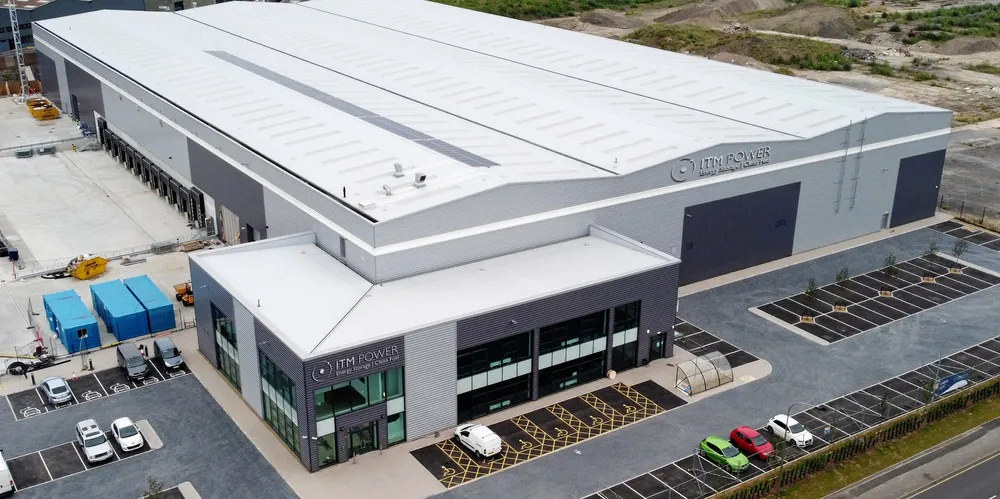Average cost of green hydrogen to fall to $1.50/kg by 2030 as electrolyser capacity ramps up 50-fold: analyst
Global demand for H2 will grow to 735 million tonnes by 2050 — almost all of which will be produced via electrolysis, according to new study by Rethink Energy
